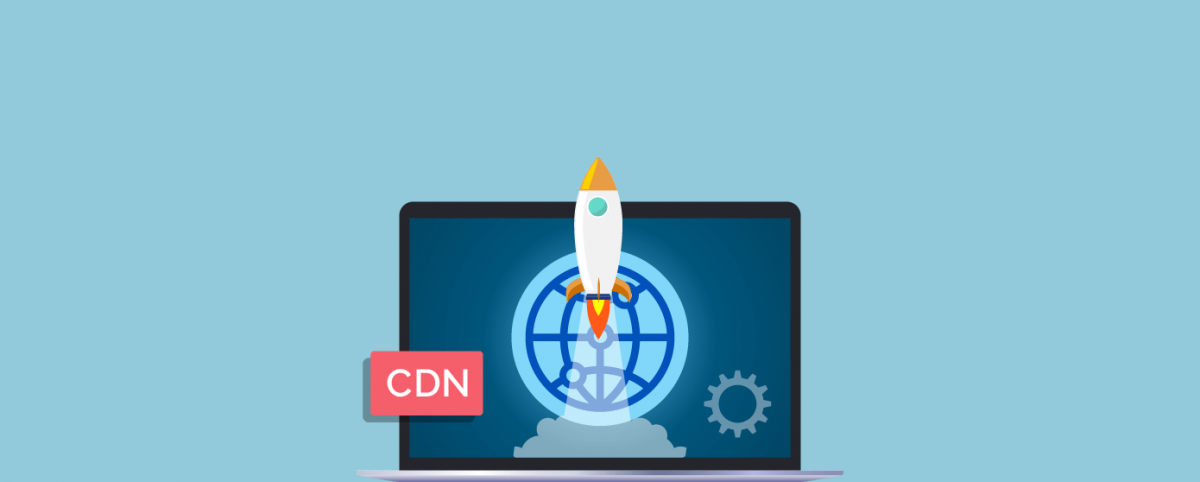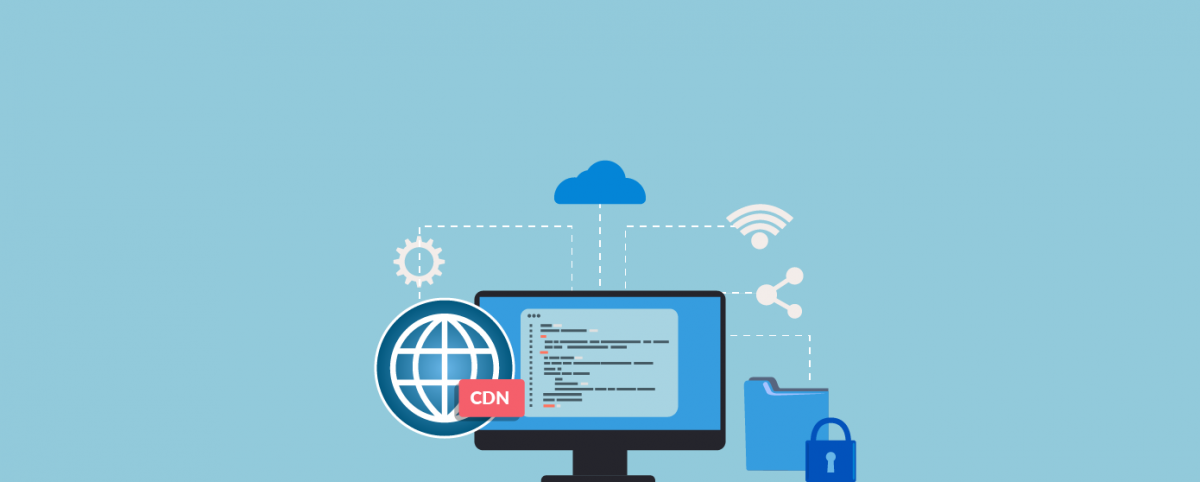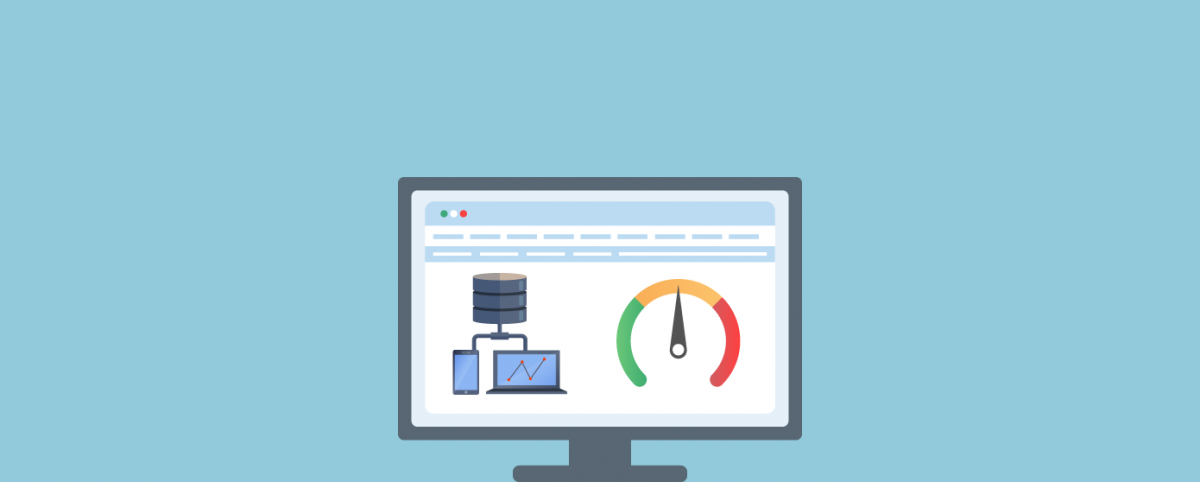What is a CDN?
Have you ever wondered how content on some websites and apps on the internet gets transmitted to users across the globe so seamlessly even while several thousand are requesting the same data? Have you thought about how some others crash incessantly under similar circumstances? What causes this difference in performance? Well, the difference permeates from how the content delivery happens and if a content delivery network (CDN) is used.
What is Content Delivery Network?
CDN or Content Delivery Network is the central component in the delivery of internet content across the geographically dispersed group of servers. It is the geographically dispersed group of edge servers that work together towards optimized content delivery across the globe in a speedy and efficient manner through a private global network by bypassing and working around the congestion of public networks or Internet service providers (ISP).
All type of content delivery is possible through CDN. It can be used to deliver everything from HTML pages, JavaScript, text files, images, videos, file downloads to podcasts, live streams, web pages, games, and application. Another point to be noted is that CDN transmits internet content not only on computers but also on mobile devices, smartphones, smart TVs, set-top boxes, and other devices that are internet-connected. A vast majority of content and web traffic today is transmitted quickly, securely, and reliably with the help of CDN services, even those of major players like Netflix, Amazon, and Facebook.
How does it work?
Before we get into how the CDN service works, let us first look at some important concepts related to content delivery service.
Point of Presence (PoP) refers to the interface or access points at which connection is made between two devices or networks and in the case of CDN, it is the group of servers present at different geographical locations.
Round Trip Time (RTT) is the time that it takes in milliseconds for the network request/signal pulse to travel from the source point to destination and back. It is a critical indicator of network health and performance.
Network Latency is the time it takes for the content to load or packet to be delivered on the requesting server from the endpoint sending server. It is different from RTT in that RTT is the time taken on both ends of the request plus the time taken to process the request.
Content caching is the process or mechanism that optimizes the way in which data or content is accessed and delivered from the closest servers, data centers, and clouds to the requesting endpoint server. This helps in optimizing the time taken and improving overall speed and performance.
Caching Servers are those servers who store cached files on their multiple storage drives and high-performance RAM resources and instantaneously delivers content upon the receipt of the request so as to maximize website/application’s loading speed and performance and minimizing bandwidth usage.
Internet Exchange Points (IXPs) are the physical infrastructural setup and access points through which web traffic is routed by different network providers.
Hops are the changes in the network that happens during transmission of content from the server to the end-user.
Now, let us look at how exactly the CDN service works.
A CDN service provider will typically have several PoP, each with several caching servers, at strategic IXPs in several locations distributed across the globe. By having several PoP dispersed geographically, the CDN provider automatically enables you to have global or at least widespread presence. The CDN is always placed at close proximity to the edge of the network perimeter which also helps in securing content while also accelerating it.
Each PoP typically serves requests in the geographical areas it is placed it and users in its proximity. The caching servers as discussed will contain cached files. These edge caching servers help them in optimizing speed and connectivity even when several requests come in at the same time because the content is being transmitted through local servers. Just imagine how much faster and easier it will be to serve a request from Seoul user from a Seoul server rather than routing and transmitting content from the origin server at Seattle as network latency will be greatly reduced.
Why use a CDN? How is it beneficial to you?
In the face of sky-rocketing internet usage across the globe and generation of voluminous content that can be accessed globally, it will be extremely difficult to handle requests thousands or even millions of requests together or spikes in traffic especially when they come from users spread out globally. When such spikes in web traffic take place, it makes the application vulnerable to attacks and cybersecurity threats along with the complete slow down of the server and higher latency and RTT. Using a CDN will help you to overcome such problems and seamlessly distribute content globally.
The best CDNs offer the following 4 important benefits:
- Speed: By keeping the RTT as close to zero milliseconds as possible and reducing network latency, CDN helps in improving the speed of web applications and content load time and thereby, reducing the bounce rate. Two factors that determine the speed of content delivery are the physical distance between the server and the end-user and the number of hops. The best CDNs reduce the physical distance by having several PoPs at disbursed globally and reduce the number of hops by caching content and having several data centers to service more users. The best CDNs will also have the capacity infrastructure to handle and accommodate requests when traffic surges happen. For instance, the Tata Communications CDN, with which AppTrana has a partnership, has over 400 PoPs and operates over 1 million sq. ft. of data center space.
- Reliability and Redundancy: The best CDNs have an integrated connectivity and data center infrastructure that can handle large volumes of web traffic that result from sudden popularity or flash traffic or ‘thundering herd’ surges or downtime resulting from hardware failures permeating from malicious traffic. This will help in keeping downtimes and crashes away while maintaining the robustness of the network.
- Cost-economy: By using cached content and edge servers to service requests for content delivery, content delivery networks reduce the consumption of data and bandwidth as the requests made from the origin server are minimized. This way you will save up on bandwidth expenses. Additionally, CDN companies allow their clients to rent the bandwidth availability from them. So, you do not have to own and maintain infrastructure, thereby, saving up on the cost of under-usage as well as revenue losses permeating from greater bandwidth requirements during spikes.
- Network security: As discussed earlier, the content delivery network works on the edge of the network perimeter. This gives CDN the best location to act as a line of defense against malicious requests and cyber-attacks. This has opened up a big area of opportunity for collaboration between content delivery network companies and cybersecurity companies. To leverage this opportunity and solve the twin problem of speed and security, Indusface has partnered with Tata Communications’ CDN- Whole Site Acceleration, which is one of the best CDNs across the globe.
CDN and network security
Let us delve a little deeper into how CDN and network security work. All the requests go through the CDN which is at the periphery of the network. The request for cached content will be met through the nearest PoP. The request for un-cached content, however, needs to be routed to the origin server. With CDN, the request for un-cached content will pass through the network security infrastructure before being routed to the origin server. This way the requests that go to the origin server are all scanned thoroughly, and malicious requests are blocked out. Therefore, speed and security do not have to be compromised for one another.
Considerations while choosing a CDN
While choosing a CDN, you will compare the services offered by several different content delivery network companies. Below are a few pointers to keep in mind while making a CDN comparison and choosing the right CDN.
- How well-connected is the content delivery network of the service provider?
- How many PoPs does the CDN provider own and what is the strength of their overall infrastructure?
- Can the content delivery network handle all types of content and is it capable of meeting your specific requirements?
- Does the CDN technology offer advanced network security without hampering the speed? Is there a seamless integration between the two?
- How do the CDN pricing and customer support work?
- Does the CDN provider give you network statistics and analytics to understand speed, performance, and real-time network latency?
Is it free?
At Indusface, we want you to experience the advantages of our CDN solution first-hand before you on board with us which is why we offer CDN free for 14-days after which you need to pay to use it. But if you are an existing AppTrana user, you can choose to activate the CDN service for your web applications at zero additional costs on your Premium and Advanced Plans as it is bundled with our web application security offerings.


 December 18, 2018
December 18, 2018






